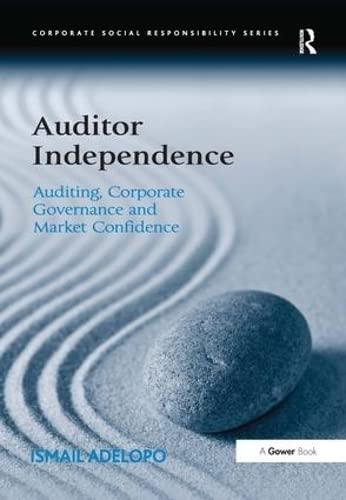Question
Carlo started a small manufacturing plant that fabricates small-scale crazy cars that race and spin. The manufacturing process starts with aluminum pellets being put into
Carlo started a small manufacturing plant that fabricates small-scale crazy cars that race and spin. The manufacturing process starts with aluminum pellets being put into an aluminum-molding machine. After the cars are shaped in the mold, they are cooled and inspected. If the car passes inspection, the wheels are added at the end and they are transferred to finished goods. This process is completed automated.
Direct material aluminum is added 100% at the beginning of the process; direct material wheels are added 100% as the last step in process.
Conversion costs are added equally throughout the process. Conversion is 45% complete for the beginning inventory work in process and 55% complete for the ending inventory work in process.
At the beginning of the accounting period, Carlo estimated that production would be 6,500 cars. Estimated Factory overhead is $3,250. This information is to be used to determine the application rate for overhead.
Estimated and actual direct labor costs totaled $2,200.
Actual Factory overhead costs totaled $2,500.
Selling and Administrative Expenses totaled $1,500.
Following information is available concerning the direct materials.
Direct materials-aluminum
Beginning inventory 0 pounds @ $3.19 a pound
Purchase of aluminum 1,625 pounds @ $3.19 a pound
Ending inventory 0 pounds @ $3.19 a pound
One pound of aluminum pellets makes 4 cars
Direct materials-Wheels (there are four wheels for each car)
Beginning inventory 0 wheels @ $0.15 a wheel
Purchase of wheels 22,000 wheels @ $0.15 a wheel
The work in process account has the following information
Beginning work in process contains 0 cars
Ending work in process contains 380 cars
The finished goods account has the following information
Beginning Finished Goods 0 cars
Ending Finished Goods 2,920 cars
Tax rate is 30%
3,200 cars were sold at $7.25
Determine the started and completed units by using the following formula:
Started Ending = Completed and Transferred Out Beginning
Prepare an equivalent units schedule. Follow the format below;
|
| Equivalent units | |||
|
(Actual) | Whole Actual Units | Direct Materials-Aluminum | Direct Materials- Wheels | Conversion Costs |
| Beginning | XXXXX | XXXXX | XXXXX | XXXXX |
| Start/Completed | XXXXX | XXXXX | XXXXX | XXXXX |
| Completed/Transferred Out | XXXXX | XXXXX | XXXXX | XXXXX |
| Ending | XXXXX | XXXXX | XXXXX | XXXXX |
| Total to Account For | XXXXX | XXXXX | XXXXX | XXXXX |
Calculate the total cost and the cost per equivalent unit for direct materials aluminum.
Calculate the total cost and the cost per equivalent unit for direct materials wheels.
Calculate the predetermined overhead rate.
Determine the total conversion cost by using the predetermined rate and the direct labor rate and the cost per equivalent for the conversion cost per car.
Determine the unit cost per car.
Prepare a Cost of Production report. This report should show all costs transferred into work-in-process and the costs transferred to finished goods by using equivalents units schedule. Using FIFO costing.
Determine the amounts for the following. Show calculations
Ending work-in-process Inventory in units AND dollars
Ending Finished Goods Inventory in units AND dollars
Cost of Goods Sold
Over/Under Applied Manufacturing Overhead
Show and Calculate an Income Statement
Gross Profit
Net Income
Prepare the necessary Journal entries related to the manufacturing cycle for this accounting period.
Step by Step Solution
There are 3 Steps involved in it
Step: 1

Get Instant Access to Expert-Tailored Solutions
See step-by-step solutions with expert insights and AI powered tools for academic success
Step: 2

Step: 3

Ace Your Homework with AI
Get the answers you need in no time with our AI-driven, step-by-step assistance
Get Started


